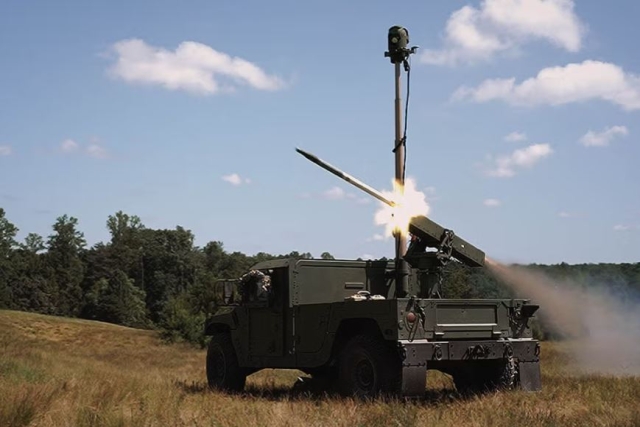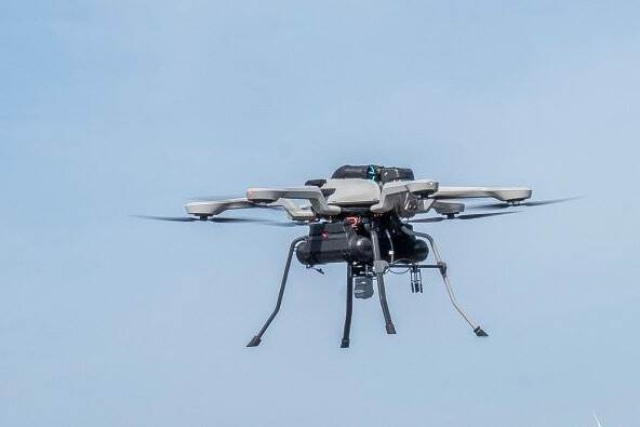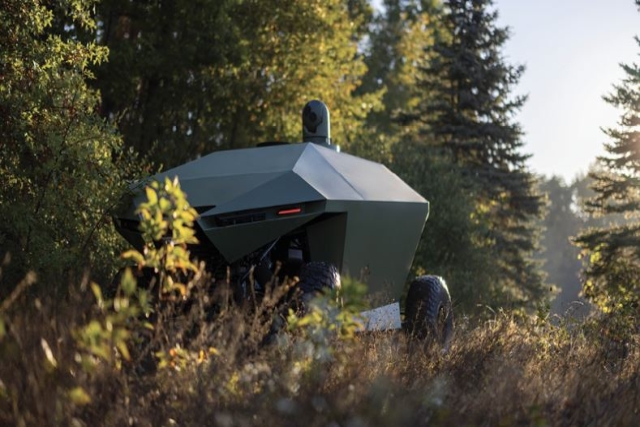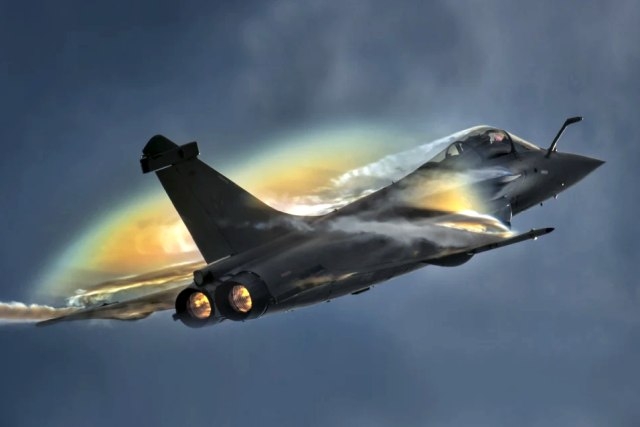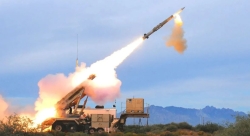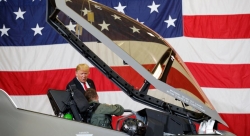Four-legged Robots Vs. Military Dogs
Can speed, strength & sensors replace loyalty and scent?
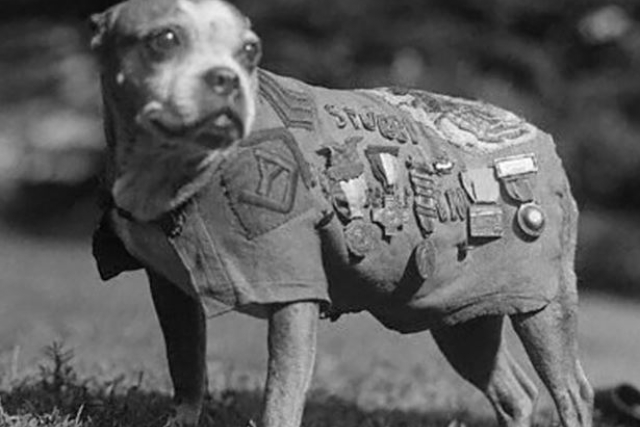
Stubby, a WWI stray, served in 17 battles, warned of gas, caught a German spy, and became the first dog ranked sergeant.
Four legged robots that resemble dogs are increasingly being seen in war zones and exercises for functions such as reconnaissance and attack; will they replace real military dogs—loyal, fierce, armed with ultra-sensitive noses and trained for danger, and having deep-rooted bond with their handlers.
Defense Mirror studies the roles of these mechanical, metal dogs with their flesh-and-blood counterparts in the military.
The Rise of Robotic Dogs
Last, year, Ukraine became the first country to deploy robotic dogs in combat. Around August 2024, the British-supplied machines arrived on the front lines. Controlled remotely like aerial drones, they assisted soldiers in navigating hazardous areas such as the rubble of buildings.
Kurt, a commander in Ukraine’s 28th Mechanized Brigade, posted on social media that “every unit should have one of these dogs.” According to the German publication Bild, British company Robot Alliance has delivered 30 units to Ukrainian forces. Fast, agile, and nearly tireless, they can run up to 9 mph, operate for five hours straight, and cover two miles without losing connection. Costing between $4,400-$8,800, they even come with camouflage from German firm Concamo to help them blend in. If one falls into enemy hands, its data can be wiped remotely—no risk of betrayal.
Robot Alliance’s primary model, the Unitree Go2 Pro, weighs under 30 pounds and is designed for rough terrain. It includes fisheye cameras and a 1.5 TFlop processor. It can even reach speeds of 11 mph, making it faster than some real dogs.
China isn’t lagging behind. In May 2024, the Chinese People’s Liberation Army (PLA) unveiled a robotic dog carrying a QBZ-95 rifle. By January 2025, they introduced a deadlier version armed with M40 Seeker missiles, capable of moving at 200 km/h to hunt airborne threats. To keep control over these packs of mechanical hounds, China even built a 5G base station and ran large-scale exercises, pairing robotic dogs with other autonomous systems.
The U.S. military is also integrating robotic dogs into its operations. In October 2024, the U.S. Army deployed a Ghost Robotics Vision 60 equipped with an AI-enabled rifle to the Middle East for counter-drone missions. This system was also tested during Operation Hard Kill at Fort Drum, New York. The Defense Department uses robotic dogs for surveillance, explosive ordnance disposal (EOD), and reconnaissance tasks.
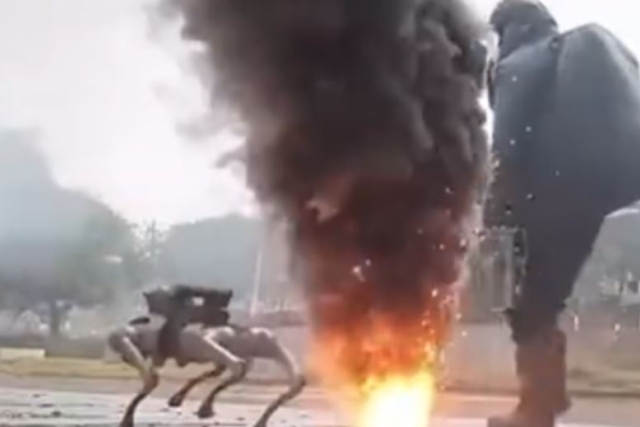
South Korea’s military evaluated four-legged robots for counter-terrorism in August 2024. By March 2025, South Korean and U.S. troops deployed them near the North Korean border during the Freedom Shield exercise, using them to scout obstacles and assist in mock battles.
The Indian Army tested robotic dogs in the Rajasthan desert in November 2024, focusing on scouting and resupply missions. It also added 100 robotic mules for operations in high-altitude regions. Meanwhile, the U.K.’s Defence Science and Technology Laboratory (Dstl) tested robot dogs for bomb disposal tasks in February 2025.
Beyond combat zones, robotic dogs are also used for civilian security. Following the 2024 U.S. presidential election, the U.S. Secret Service deployed a Boston Dynamics robot dog to patrol Donald Trump’s Mar-a-Lago estate.
The Enduring Role of Real Military Dogs
For all their speed and precision, robotic dogs can’t smell danger the way real dogs can. A bloodhound’s nose is packed with nearly 300 million scent receptors—about 40 times more than a human’s. That makes them irreplaceable in finding explosives, tracking suspects, and locating hidden threats.
Belgian Malinois are the go-to breed for military work. Smart, fast, and fiercely loyal, they undergo training that lasts up to 18 months, with 20+ hours of instruction every week. Their missions? Detecting explosives, chasing down threats, and guarding critical locations. Other breeds, like German Shepherds, Labrador Retrievers, and Springer Spaniels, are also used for specialized tasks.
But war takes a toll on these heroes. The U.K. Ministry of Defence (MoD) reported that of 833 military working dogs in service, four died in operations over five years—all in Afghanistan. Two were killed in combat in 2013, while two others succumbed to natural causes.
The U.S. Department of Defense (DoD) keeps about 1,600 military working dogs in service. During the 2021 Afghanistan withdrawal, the DoD insisted that no military dogs were left behind, though animal welfare groups claimed that around 50 contract working dogs—owned by private companies—were abandoned at Kabul airport. The DoD denied stopping private rescue efforts.
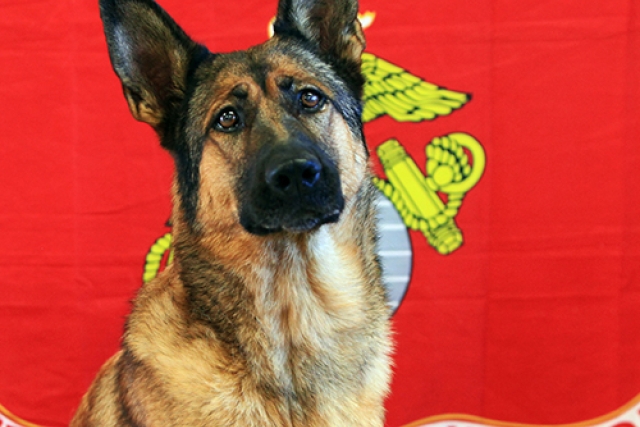
A 2024 study on combat injuries in military dogs found that the biggest killers were hemorrhages, head trauma, and severe tissue damage. Dogs without emergency care from non-veterinary personnel were 3.55 times more likely to die.
Strengths and Weaknesses of Each
Robotic dogs excel in environments too hazardous for living creatures. They charge into toxic zones, defuse bombs, and trip enemy sensors.
But they also can’t smell explosives. They need maintenance. Their systems can be hacked.
Real dogs, however, make life-saving decisions in an instant. Their noses detect threats no machine can match. They bond with their handlers, responding to emotion and instinct in ways no robot ever will. Yet, they too have limits—they get tired, wounded, and emotionally scarred from combat.
The Attachment Factor
Soldiers often develop strong emotional bonds with military working dogs. These relationships are built through shared experiences, training, and the dangers of combat. The U.S. DoD acknowledges this unique connection, stating that “the bond between military working dogs and their handlers is like no other.”
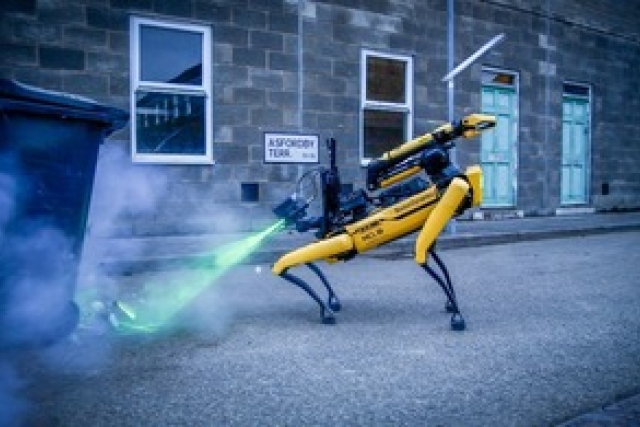
Interestingly, troops working with robotic dogs also report forming emotional attachments. During the Iraq War, bomb disposal teams became so connected to their iRobot PackBots—despite their simple design—that they requested repairs rather than replacements when the machines were damaged.
Some robotic dogs are programmed to mimic animal behavior, further enhancing their perceived “personality.” This can increase emotional attachment among operators who rely on them during high-stress missions.
